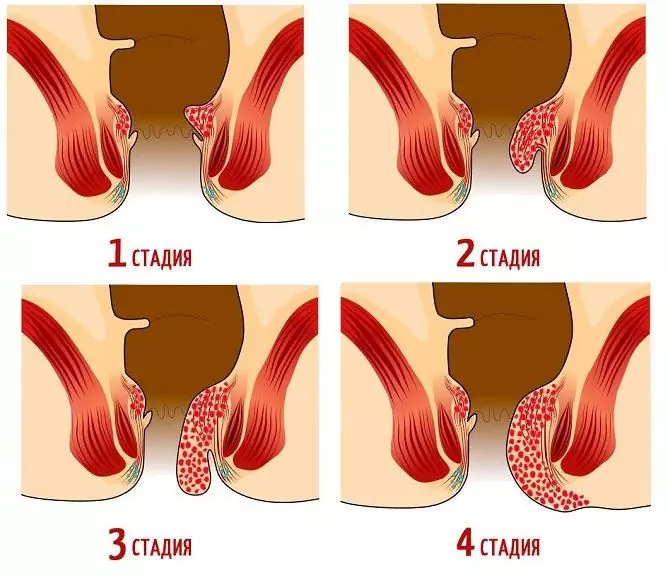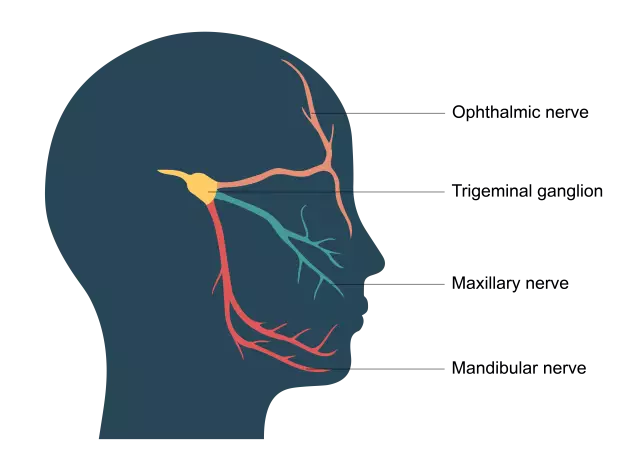- Author Rachel Wainwright [email protected].
- Public 2023-12-15 07:39.
- Last modified 2025-11-02 20:14.
Starch in feces in a child and an adult: what does it mean, causes, treatment
The content of the article:
- Amilorrhea reasons
- Diagnosis of amilorrhea
- Amilorrhea treatment
Starch in the feces of a child - what does it mean, what consequences can it have and what needs to be done?
The presence of starch in stool is called amilorrhea. Amilorrhea in some cases serves as a symptom of a disease of the digestive system or their dysfunction caused by another cause, while in others it is regarded as one of the variants of the norm that does not require any treatment.
Amilorrhea reasons
Starch is a complex carbohydrate that enters the body primarily from plant foods. Its splitting begins already in the oral cavity at the time of chewing food, under the influence of the amylase enzyme contained in saliva. Further digestion of starch continues in the small intestine, where the amylase of pancreatic juice acts on it. Ultimately, the starch is broken down into simple sugars, which enter the bloodstream.

Normally, feces should not contain starch, however, its appearance does not always indicate a disease
The reasons for the appearance of starch in feces in children and adults can be:
- significant consumption of starchy foods;
- diarrhea (in this case, starch does not have time to break down to glucose due to too rapid movement of the chyme through the intestines);
- acute or chronic enteritis;
- acute or chronic pancreatitis;
- pancreatic atrophy;
- fermentation dyspepsia.
In vegetables and fruits, starch is contained within cells. When chewing and in the stomach under the action of gastric juice, the cell membranes are destroyed, which contributes to the release of starch grains to the outside.
Detection of extracellular starch in feces indicates amylase deficiency or too rapid movement of the food lump through the intestine. The presence of intracellular starch in the feces of an adult or a child indicates possible pathologies of the stomach, which are accompanied by a decrease in its secretory function.
Diagnosis of amilorrhea
The presence of undigested starch grains in feces is detected during a general analysis of feces. In a normal coprogram, starch, as well as leukocytes, erythrocytes, proteins, bilirubin and mucus, should be absent.
Amilorrhea is not an independent disease. Its appearance can be due to many factors. For example, the presence of undigested starch in children of the first years of life (1-2 years) is explained by the physiological immaturity of their digestive system, therefore, in this case, amilorrhea is not a pathology.
If older children and adults eat too many vegetables and fruits, as well as other foods rich in starch (jelly, baked goods, cereals), undigested starch grains are also often found in their feces. And in this case, it is not immediately considered as an unambiguous sign of pathology. However, given that amilorrhea can also be a laboratory symptom of some diseases of the digestive system, its identification requires further examination, which usually includes:
- repeated general analysis of feces;
- bacteriological examination of feces;
- study of feces for dysbiosis;
- ultrasound examination of the pancreas, liver and gallbladder;
- FEGDS (fibroesophagogastroduodenoscopy);
- determination of gastric acidity.
When collecting feces for research on starch content (as part of a coprogram), it is important to follow the rules for the preparation, collection and storage of material. Their violation can cause false results, as a result of which the correct diagnosis of diseases of the digestive system becomes difficult, the appointment of appropriate treatment is delayed.
Amilorrhea treatment
Since in children of the first years of life, the presence of starch grains in the feces is a variant of the norm, they are not prescribed any treatment.
If amilorrhea is caused by an excess of carbohydrate food, then the patient is prescribed nutritional therapy. Products with a high starch content are excluded from the menu:
- legumes;
- cereals;
- nuts;
- pasta;
- potatoes;
- all types of baked goods;
- jelly.
In addition, it is necessary to limit the consumption of the following vegetables: carrots, beets, pumpkin, zucchini, eggplant, cauliflower, apples, melon, strawberries.
The recommended diet includes milk and dairy products, eggs, cucumbers, tomatoes, cabbage, and lean meats.
It should be borne in mind that some unscrupulous manufacturers use starch as a thickener in the production of dairy products (yoghurts, sour cream, ice cream). Therefore, if a child or an adult is diagnosed with a pronounced impairment in the assimilation of starch, then it is better to refuse to purchase these products in stores and cook them yourself.

Amilorrhea can be caused by a diet high in starchy foods
Drug treatment is prescribed only when amilorrhea develops against the background of the pathology of the digestive system. Therapy is aimed at treating the underlying disease that caused insufficient absorption of starch. Depending on the indications, the patient is prescribed drugs of the following groups:
- enzyme agents;
- eubiotics, pro- and prebiotics;
- Acidin-pepsin;
- antidiarrheal drugs;
- anthelmintic drugs;
- bacteriophages.
In addition to drug treatment, diet therapy is indicated.
YouTube video related to the article:

Elena Minkina Doctor anesthesiologist-resuscitator About the author
Education: graduated from the Tashkent State Medical Institute, specializing in general medicine in 1991. Repeatedly passed refresher courses.
Work experience: anesthesiologist-resuscitator of the city maternity complex, resuscitator of the hemodialysis department.
Found a mistake in the text? Select it and press Ctrl + Enter.






